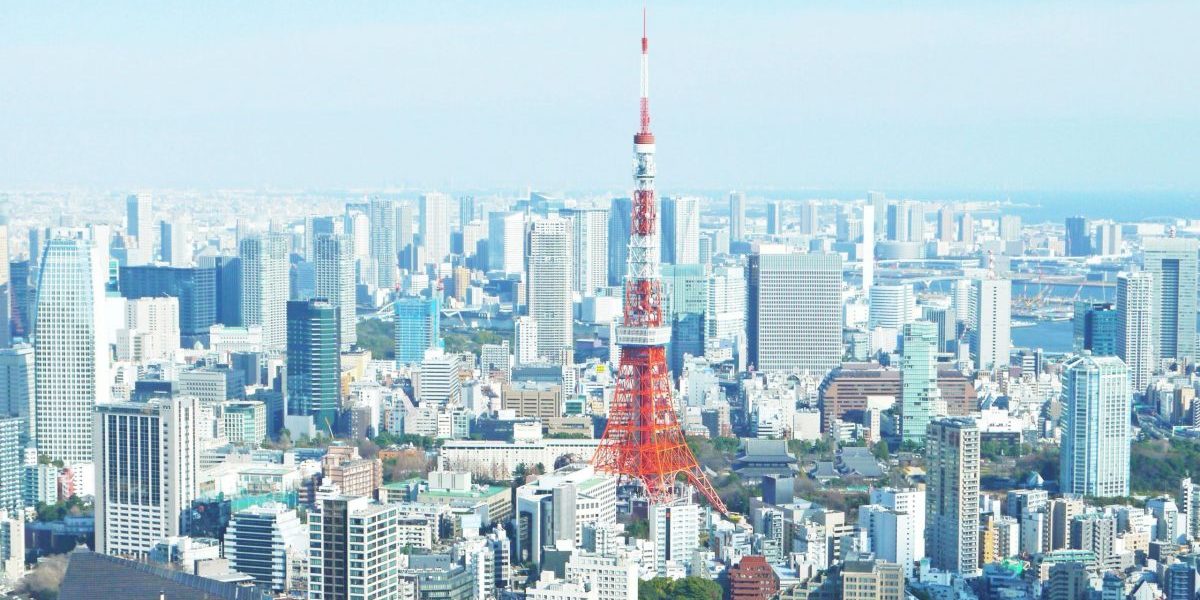
For hiring managers who have seen hundreds of CVs, it only takes a few seconds to evalute whether they want to meet an applicant. There are several rules of conduct that you should know about before you start preparing your Japanese CV. Even though there are a few companies in Japan using English as their company language that only require an English CV, most Japanese companies still require a Japanese CV. Keep reading, to find out everything you need to know about Japanese CVs!
In Japan, there are a certain aspects that you need to be careful about when submitting your CV, in particular: the formatand how you write in addition to the content itself. This is because hiring managers judge your personality based on many factors.
General Format Of A Japanese CV
Handwritten CVs are still common in Japan, with traditional Japanese companies in particular tending to prefer this method. If writing your CV by hand, take your time. Write every single word neatly and make sure you write with black pen only. Any mistakes (writing the wrong Kanji for example), will leave a negative impression. Recruiters will also assess your personality based on how your CV is written, so it’s worth putting some time and effort into the process. If you make a mistake, it’s better to start over thanto use correction tape or fluid. Also, it doesn’t hurt to be extra careful with the date (you should put the date of submission at the top of the CV).
When writing CVs in Japanese, you should:
- Avoid any Kanji mistakes
- Use correct Hiragana, Katakana
- Use a consistent sentence ending
Contact details:
- Name
- Date of birth
- Gender
- Email address
- Phone number
To help you out, we provide you with an example of a Japanese CV. Or if you’d rather use this template?
Photo
Including a personal photo in your CV is considered mandatory in Japan.
Using a photo from a photo booth is acceptable; however, it is recommended to use a professional picture taken by a photo studio.
Take extra care about your appearance, which should come across as – neat, confident, and professional. Raising the corners of your mouth without smiling too much and opening your eyes wide helps.
- Size: 2.4”~3cm width x 3.6”~4cm height
- Color photo taken within the last three months
- Photo should include your head and chest
- Write your name on the back of the photo in case it comes off

Education And Professional Experience
Education usually comes before your professional experience and should be listed in chronological order on your resume. You can use either the western calendar or Japanese calendar, but stick to the same one throughout the entire CV. The names of the schools and companies you list should be their official names.
For both Education and Professional Experience
- List the official names of schools or companies
- List details chronologically
- Dates of activity
Education
- Start your education with your secondary school
- Add your major subject after the university/college name
- Include details of your exchange year education if applicable
Even if you only have a short abroad experience that is not really considered as education, you can still include details of this in the PR section which comes later in the CV.
Professional Experience
- Your positions
- Include the date(s) when you got promoted
Unlike other countries, it is not very common to include details in short sentences about your responsibilities on your CV in Japan. Instead, you should write the date you started and ended your job, your position (even if in the same company) and how many people that were under your management so that a recruiter can follow your professional development over that time.
Skills In A Japanese CV
Here you should provide details of hard skills such as language or IT skills; as well as other certificates. Soft skills such as communication skills, team management skills should not be included in this section as they are not measurable. You can provide examples of your soft skills through experiences in a motivation letter, but otherwise it’s important to keep your Japanese CV entirely objective.
If you have an official certificate or scores, include them here so that a hiring manager can have a better idea of your capabilities. Remember to only mention the skills that are relevant to your position. For instance, details of a secretary certificate might not be applicable for a developer’s position.
Motivation
Doesn’t a motivation letter cover this part? Yes, it usually does. Some CV formats or online applications (especially for large companies) may not feature this section, since you are required to write a separate, longer motivation letter. However, some CVs have a small section for you to add more details and answer questions, such as: Why would you like to have the position? Why did you choose this company instead of other competitors? Are there specific reasons for your applying to us, based on your past experience?
In addition to a motivation letter/motivation section on a CV, many companies require a “PR letter”, so don’t get confused between the two. In the “PR letter” you should describe in what way you suit the advertised position by stating your skills and experience. A motivation letter is strictly about why you applied for the position.
Hobbies
Seems irrelevant? Maybe. Although it might not seem necessary, you can add more personal details to your profile here and give hiring managers an impression about who you are. Questions about what you do in your free time and your pastimes could be an icebreaker during your future interview. A hiring manager may bring up these details, so try to be specific about your hobbies. If you like traveling, what countries have you been to and where’s your next destination? Remember to make your personality stand out.
To wrap-up, I repeat the template examples for a perfect Japanese CV:
Here you can find one. If you don’t like the first one, you can download another template.
And if you would like to apply in a different country, read another article of JobLeads! So far, jobseekers in Belgium, China, France, the UK and the US can make the best out of our tips.
By Eunkyung Cha




